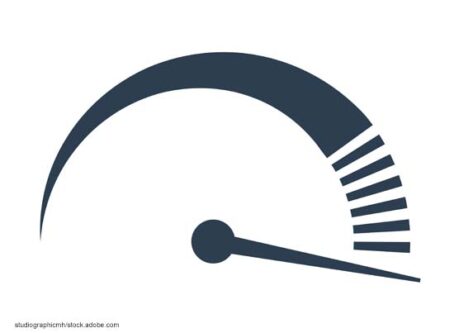Report: Drivers spending less time on their phone
A new report suggests motorists are finally starting to put down their phones while behind the wheel, potentially reducing crashes related to distracted driving.
Cambridge Mobile Telematics’ report “The State of U.S. Road Risk in 2024” reveals that for the first time since at least 2020, drivers are using their phones less compared to the previous year. In 2023, motorists spent 126 seconds per hour interacting with phone screens. That was a 4.5% decrease from 2022.
“Screen interaction” is defined as any physical interaction with a phone screen and includes “everything from writing an email or a text to using an app, entering a phone number, playing a game and more.”
With phones being a factor in a large number of crashes, Cambridge Mobile Telematics estimates the reduction in distracted driving helped prevent 55,000 crashes, 31,000 injuries, 250 fatalities and close to $2.2 billion in economic damages last year. The report’s data aligns with recent numbers released by the National Highway Traffic Safety Administration, which reveals that distracted driving fatalities went down 6%.
Driving on the weekend may be more dangerous, with distracted driving via screen interaction being worse on Saturday and Sunday. Broken down by day, screen interaction while driving was lowest on Tuesday, at 129 seconds per hour. From there, screen time went up each day. By Saturday and Sunday, motorists were interacting with their phone screens 139 and 140 seconds per hour, respectively. The report surmises the weekend surge was the result of additional communication among friends and family to coordinate activities.
So what were distracted drivers doing on their phone? The following were the most-used apps while driving:
- Camera app
- WhatsApp Messenger
- YouTube
- Gmail
- Facebook Messenger
- Google Chrome
- Afterpay
- Phone app
Phone motion, which is when a phone is rotating with the screen on while the vehicle is moving, was also down for the first time in four years, decreasing by 12.5%. This motion indicates handheld-phone activity, which 29 states have passed laws to ban. According to the report, drivers with the 10% highest levels of phone-motion activity are 240% more likely to crash due to distracted driving.
Drivers spent less time on phone-motion activity compared to screen interaction. Last year, the average time spent on phone-motion activity was 91 seconds, nearly 30% less than screen interaction. Unlike screen interactions, distracted driving by phone-motion activity was lowest during the weekend. Peak phone motion while driving occured on Thursday and Friday.
Although phone motion overall was down, motorists were picking up their phones more at highway speeds. Instances of phone motion above 50 mph increased by 0.4 percentage points, to 35%, in 2023.
Phone-motion activity and screen interaction do not necessarily indicate phone calls. Although Cambridge Mobile Telematics found drivers were talking on the phone more via handheld phone calls, hands-free phone calls went down last year, bucking an upward trend.
It’s also worth noting that although screen interaction and phone motion were down year-to-year, both categories remained up compared to 2020.
Other risky driving behaviors
In addition, the report looks into speeding and hard braking.
Speeding is defined as driving 9.3 mph over the speed limit for 300 feet. For the first time since 2020, speeding was down – and fell to its lowest point in four years. Speeding surged on the weekend, likely the result of less traffic.
Like speeding, hard braking was down compared to the previous year and at its lowest point in four years. According to the report, hard braking is one of the core usage-based insurance variables that auto insurers use to assess price risk. LL









